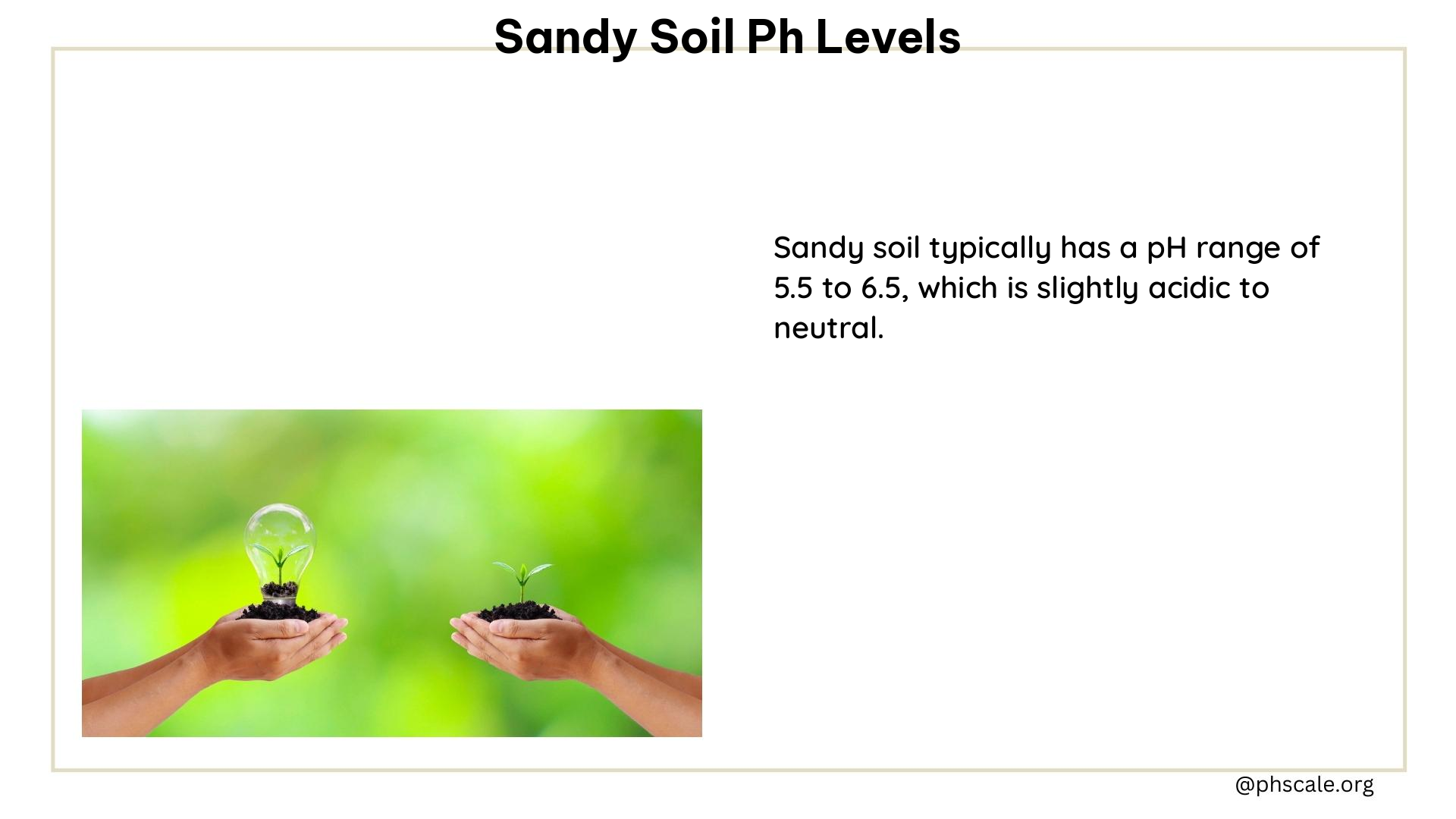Sandy soils typically have lower pH levels compared to clay soils due to several factors, such as their lower buffer pH, larger soil particles, and faster water movement. Managing and adjusting the pH in sandy soils is crucial for optimal plant growth and nutrient availability. This comprehensive guide will explore the typical pH range, methods for managing pH, and the potential contaminants and chemicals found in sandy soils.
Typical pH Range for Non-Amended, Well-Drained Sandy Soils
The typical pH range for non-amended, well-drained sandy soils is around 5.0 to 5.5. This acidic range is too low for most crops, except for blueberries and potatoes, which thrive in more acidic conditions.
Managing or Adjusting pH in Sandy Soils

To manage or adjust the pH in sandy soils, several methods can be employed:
Lime Application
Lime can be added to raise the pH of sandy soils. The amount of lime needed depends on the soil type, with sandy soils requiring less lime than clay soils due to their lower buffer pH.
Acidic Fertilizers
Acidic fertilizers like ammonium sulfate can be used to lower the pH slightly. For more significant changes, sulfur can be added, which is converted into sulfuric acid by soil bacteria, lowering the pH.
Soil Testing
Regular soil testing is crucial to determine the pH and nutrient levels in sandy soils. This helps in making informed decisions about fertilizer applications and pH adjustments.
Contaminants and Chemicals in Sandy Soils
Sandy soils can contain various contaminants and chemicals, including:
Heavy Metals
Heavy metals like aluminum can become toxic in sandy soils, especially at lower pH levels.
Nutrient Imbalances
Sandy soils can have nutrient imbalances, such as low levels of phosphorus, potassium, calcium, and magnesium, which can affect plant growth.
Pesticide Residues
Pesticide residues can be present in sandy soils, affecting soil microbe activity and plant growth.
Home Remedies and DIY Solutions
Some home remedies and DIY solutions for managing pH in sandy soils include:
Composting
Adding compost to sandy soils can help raise the pH by increasing the organic matter content.
Wood Ash
Wood ash can be used to raise the pH of sandy soils, but it should be applied in moderation to avoid over-alkalization.
Manure
Adding manure to sandy soils can help raise the pH and improve nutrient availability.
By understanding the typical pH range, managing or adjusting the pH, and addressing potential contaminants and chemicals, gardeners and farmers can ensure the optimal growth and health of their plants in sandy soil environments.
Reference:
- https://www.clemson.edu/public/regulatory/ag-srvc-lab/soil-testing/buffer-ph.html
- https://garden.org/thread/view/119737/Sandy-soil-in-different-countries-will-have-alkaline-Or-not/
- https://landscapeforlife.colostate.edu/how-to-determine-soil-type/
